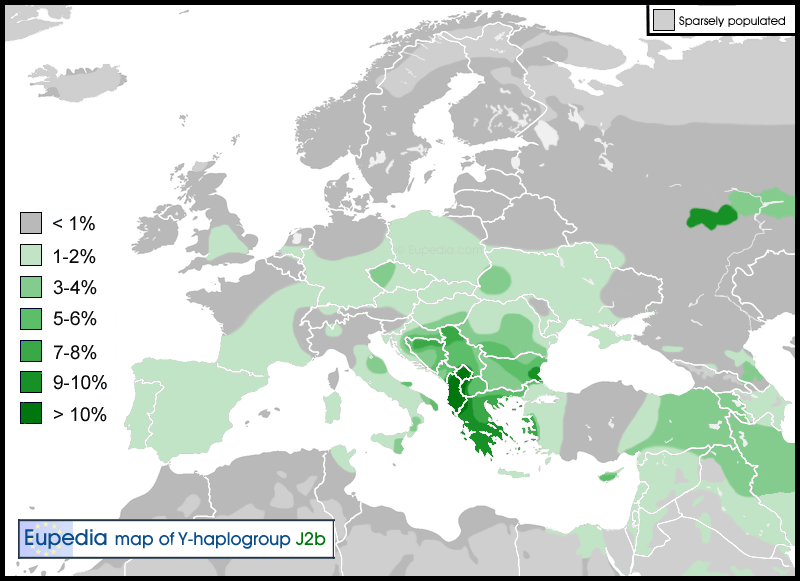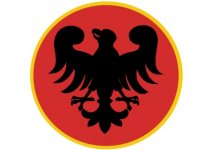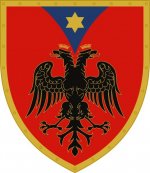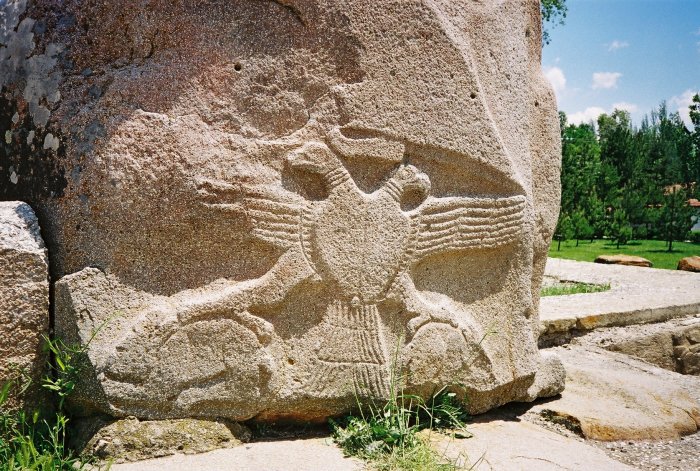RHAS
Elite member
- Messages
- 268
- Reaction score
- 22
- Points
- 0
"The contribution of the Central Asian genetics to the modern Turkish people has been debated and become the subject of several studies. As a result, several studies have concluded that the historical (pre-Islamic) and indigenous Anatolian groups are the primary source of the present-day Turkish population, in addition to neighboring peoples, such as Balkan peoples, and central Asian Turkic people."View attachment 5851I can't explain it easier! :Shttp://i45.tinypic.com/14sfp3.jpg
Genetic history of the Turkish people.
http://en.wikipedia.org/wiki/Genetic_history_of_the_Turkish_people















